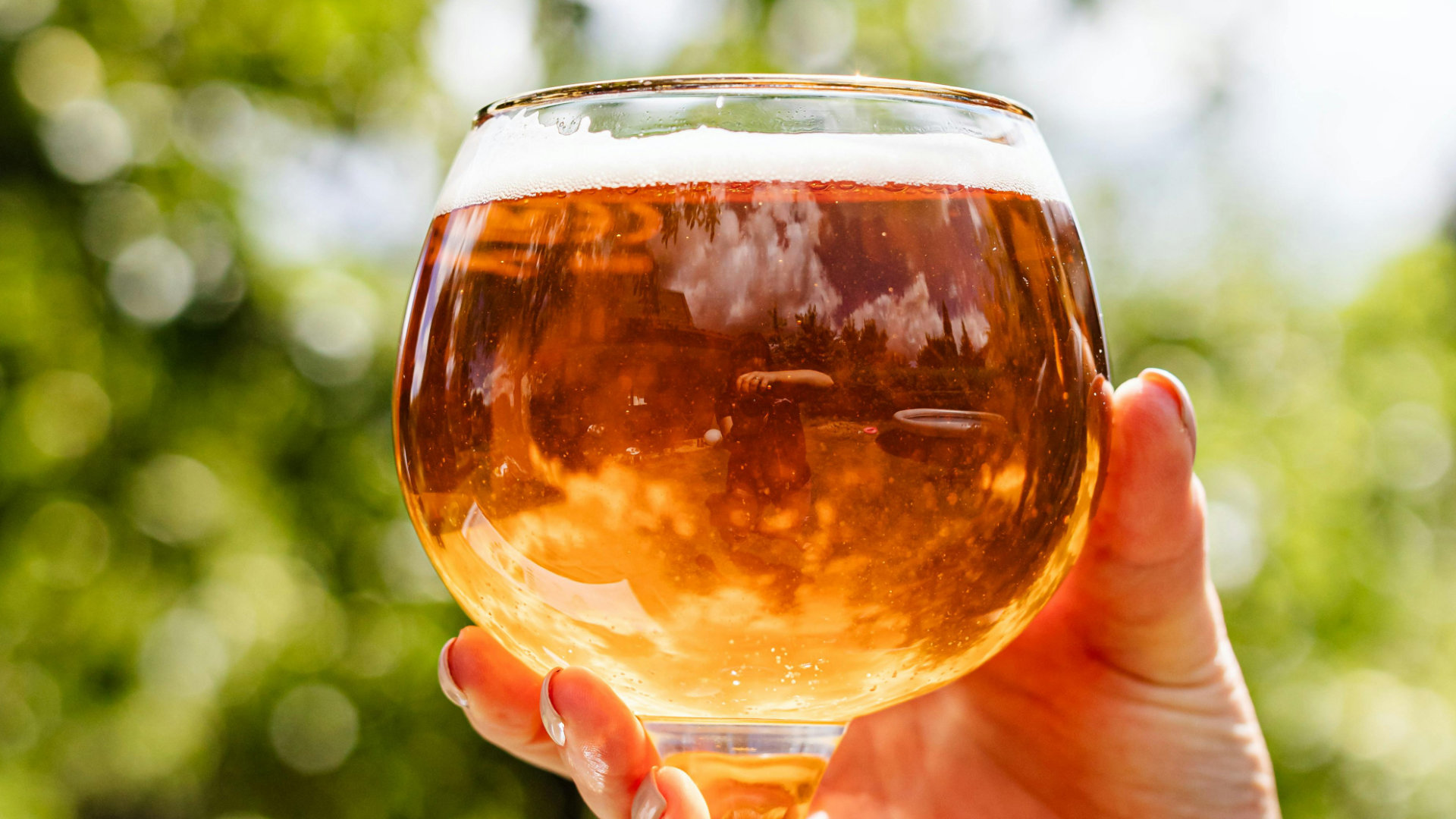This is an innovative and cutting-edge strain selected to revolutionise the brewing process with its unique aromatic profile, thermotolerant properties and ability to accelerate fermentation. By using Mango Madness yeast, homebrewers and pro brewers can achieve faster turnarounds, increasing their production capacity without compromising on the quality and flavour profiles of their hop-forward beers.
This yeast produces a guava and mango aroma, and gives high levels of biotransformation. A diacetyl rest is not needed with this yeast strain. Dry hop can be performed at elevated temperatures in the 15°C to 25°C range, and associated hop creep is lower then other IPA strains. Mango Madness yeast thrives in high-temperature environments, allowing for fermentation at elevated temperatures beyond the capabilities of traditional yeast strains. This thermotolerance not only enables brewers to shorten fermentation and conditioning times significantly, but also reduces energy costs associated with cooling.Â
A recent trial brew in a brewery that was producing a 1.080 gravity DIPA, in which they would normally use WHC Lab’s Saturated yeast, showed the fermentation time to be reduced by 50%. The full fermentation was completed in less 72 hours, with a lower pitch rate than normally used. Â
Find out more at www.whclab.com






.jpg)




